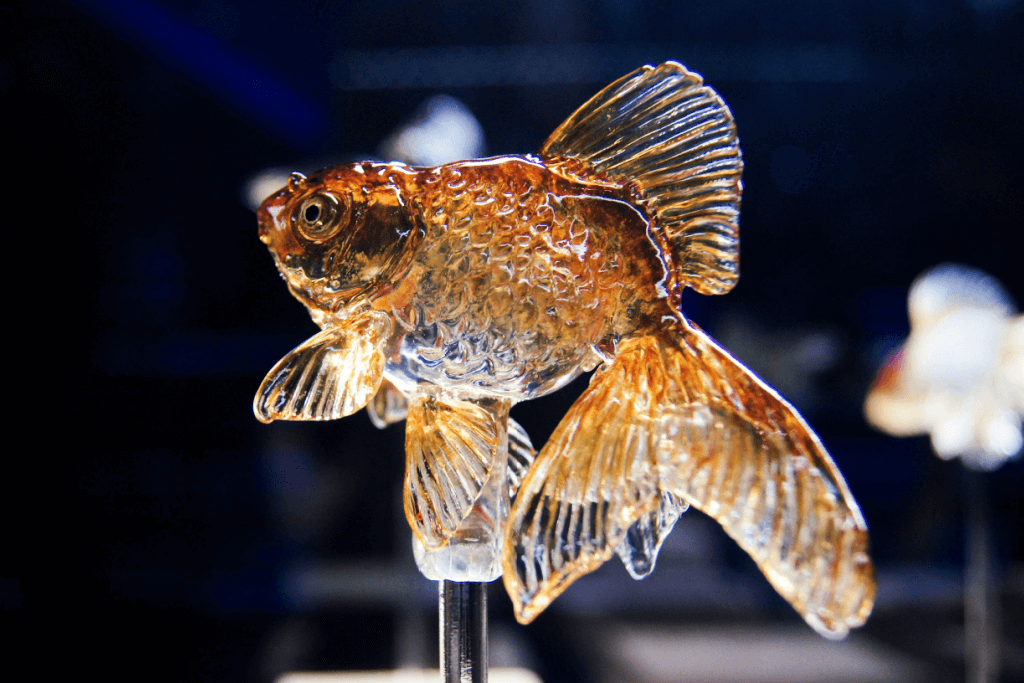Japan has no shortage of traditional cuisine, arts, and crafts. Recently, however, another lesser-known Japanese candy art has been making a renaissance: the traditional craft of amezaiku. It’s a type of artisanal candy that is famous worldwide.
Table of Contents
ToggleWhat is Japanese candy art, or amezaiku?
Amezaiku comprises two parts: ame, meaning candy, and saiku, meaning craft or workmanship. They create “candy craft,” a traditional Japanese art. It involves making intricate edible sculptures from mizuame, a sweet liquid from starch, similar to corn syrup.
Crafting intricate shapes from mizuame begins by heating it to 200°F. This makes the sweet substance malleable. After fixing it onto a stick, artisans shape it using tweezers, scissors, and skilled fingers. It cools and hardens in about five minutes. They then use food coloring to paint the sculpture with great detail, bringing it to life. From start to finish, the process can take as long as thirty minutes to complete.
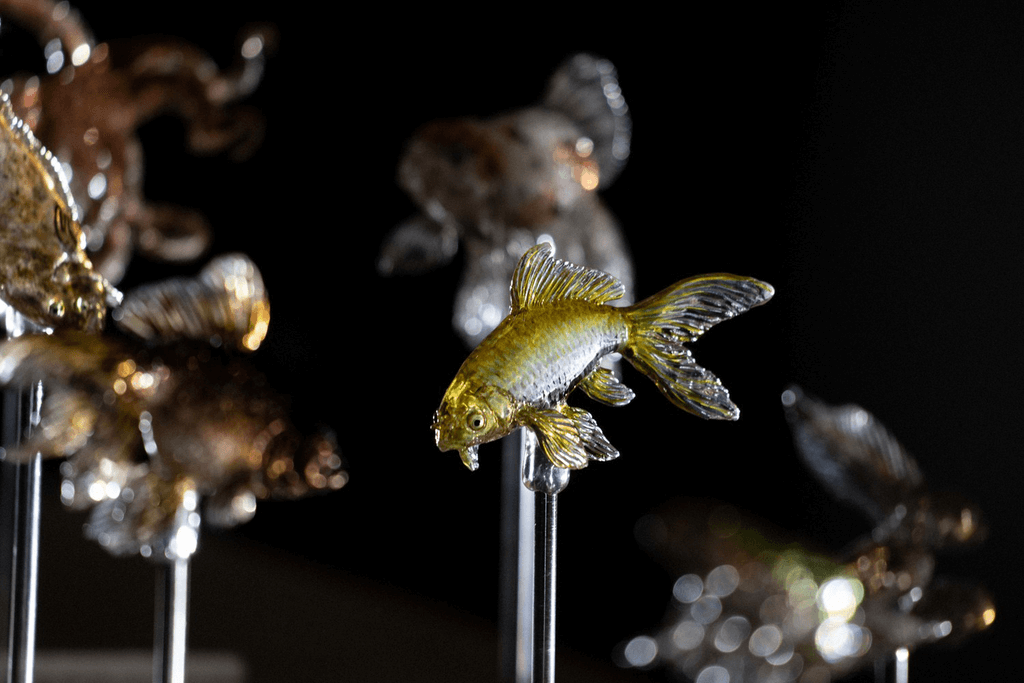
Needless to say, amezaiku is highly skilled work. Artists need extensive training due to molten materials’ heat and initial cooling speed. Mastery of amezaiku is traditionally passed down through generations in a master/apprentice model. There’s no official instruction or literature. Creating sculptures within a limited time without burning fingers is challenging and adds entertainment to the process.
Are you interested in enjoying even more Okinawa tea? Try Sakuraco! Sakuraco delivers traditional Japanese snacks, teas, sweets, and snacks from Japan to your door every month so that you can enjoy Japan’s taste anywhere!

Unlike pre-packaged wagashi, amezaiku offers an interactive experience. Traditional Japanese candy sculptures take shape before your eyes. It’s both performance art and confectionery. Amezaiku attracts crowds, entertains customers, and entices new ones. It’s like balloon art—wonder at the process and a beautiful result.
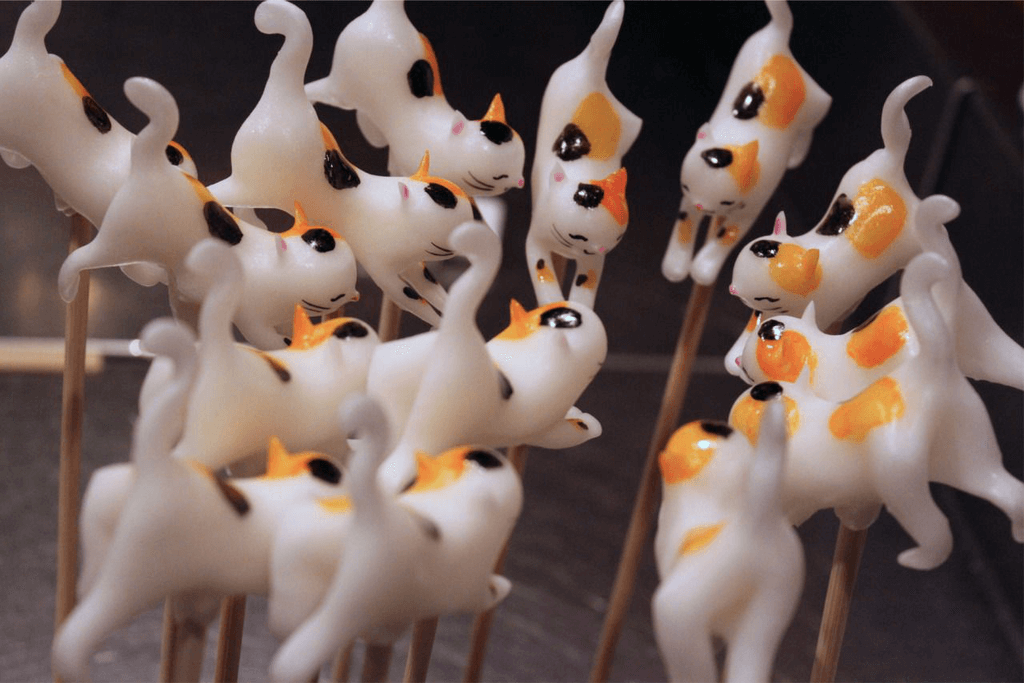
Where did amezaiku come from?
Scholars believe amezaiku originated during the Heian period, from 794 to 1185. Initially, artisans imported this art form from China to create sugar sculptures intended for use as religious offerings at temples in Kyoto. These early creations featured simple designs, and artisans painted them using plain red and white dyes, primarily for religious purposes.
It wasn’t until the Edo period, beginning in 1603, that amezaiku became readily available to the broader Japanese populace when it became an essential part of its flourishing street culture. Amezaiku artists at this time often played a dual role as street performers, traveling from town to town and festival to festival, doing magic tricks and telling stories while plying their craft to passersby.
During this period, amezaiku artisans crafted sculptures that showcased the intricate shapes and vibrant colors for which they are now widely recognized. These sculptures included classic designs like cranes, dragons, and various animal shapes representing the Chinese zodiac.
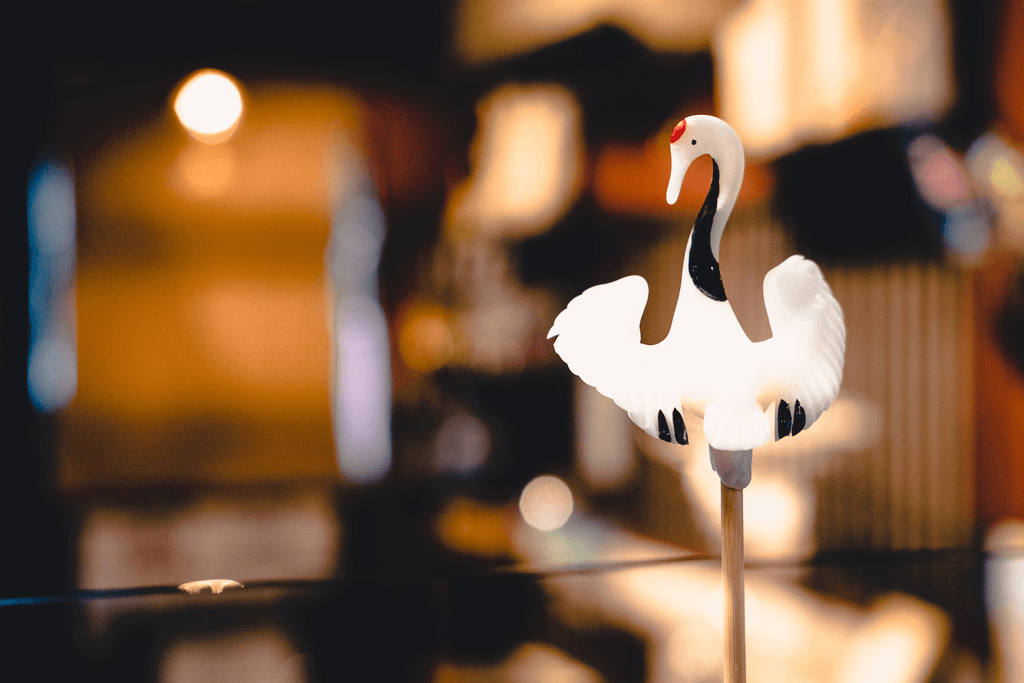
In the Edo Period, amezaiku artisans used a technique similar to glass blowing to shape their creations, inflating their sculptures by breathing air through a tiny straw. However, as hygiene restrictions became stricter, amezaiku gradually fell from fashion, and the tradition faded into relative obscurity. Once a thriving traditional Japanese craft and bustling industry, amezaiku, the art form, is now perilously close to extinction, with estimates suggesting that fewer than 100 craftsmen currently practice it in Japan.
Where can I try amezaiku?
Luckily, despite dwindling numbers of practitioners, it’s still possible to find amezaiku artists making a living from their art. Recent years, in particular, have seen a resurgence in efforts to preserve the craft, with initiatives like Amezaiku Ameshin, a collective of amezaiku artisans based in Tokyo. The group, founded by amezaiku craftsman Shinri Tezuka, is dedicated to reviving amezaiku candy art by innovating on the tradition and training new artisans in the craft. The group has a studio in Taito, where you can buy a selection of candy art and attend hands-on amezaiku workshops, as well as a shop in Tokyo Skytree Town where a complete range of candy designs can be found.
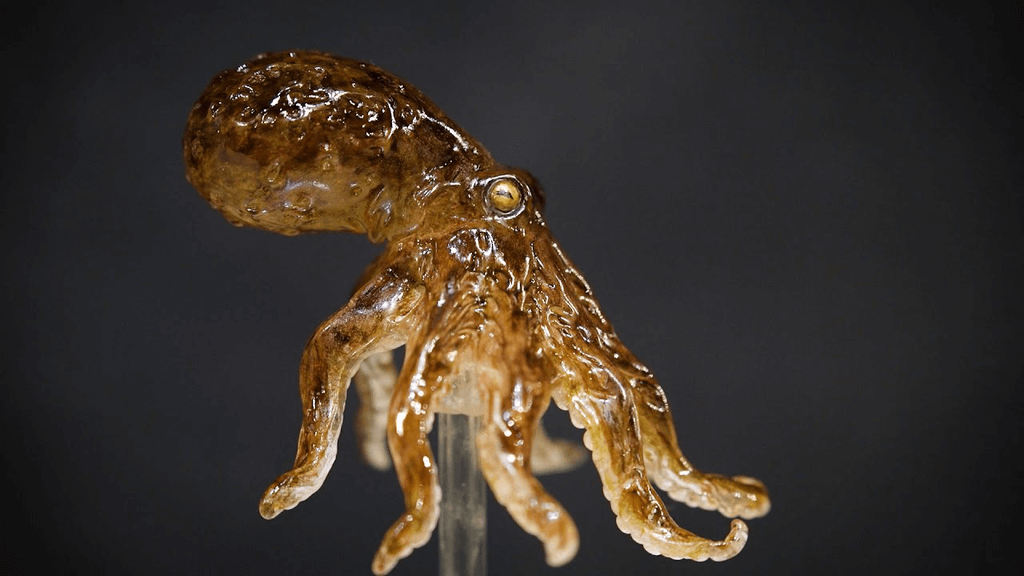
Amezaiku is a treat for the eyes, as well as the stomach. This traditional Japanese candy art has been delighting children and adults alike since Japan’s Heian Period, and despite a modern decline, continues to this day. With its long history and devoted community of artisans, it’s no surprise that amezaiku has proven so resilient.

